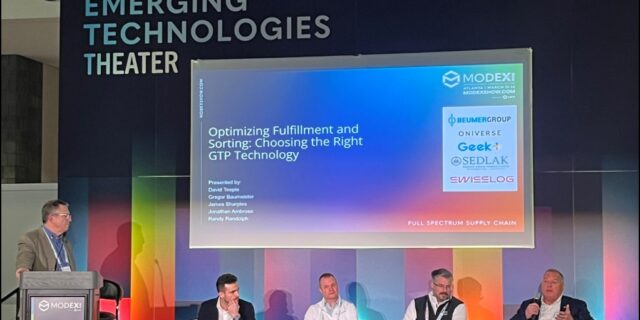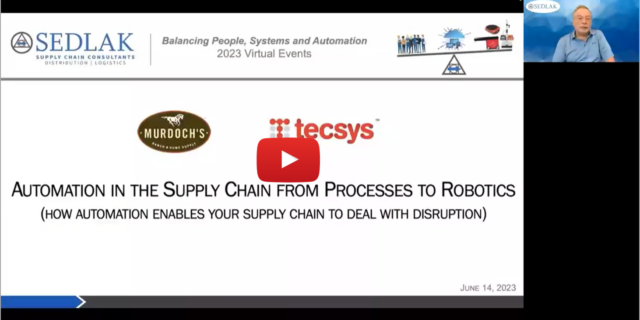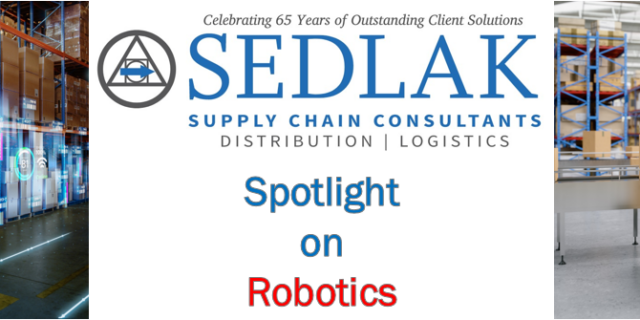Don’t Neglect Basic Healthcare Supply Chain Functions
January 19, 2018 By: Senior Management | Topics: Facility & Operation Design, HealthcareIn a two-part Star Trek the Next Generation episode called “The Best of Both Worlds,” the ubiquitous starship Enterprise and planet Earth are threatened by total destruction if they fail to yield to a superior collective of cyborgs known as the Borg. At one point the Borg captures the Enterprise’s captain, Jean Luc Picard, and assimilates him into the cyborg “Collective.” However, Picard still manages to send a strategic, albeit perplexing, message to his crew: “Sleep.”
Only Data, the Enterprise’s android science officer, understands the message—that although the technologically advanced Borg operates with sophisticated protocols, some of the mundane functions necessary to maintain its existence are far less guarded. One of those is the rest and recharge function. Data infiltrates the Borg communication system with a command for the Borg to go to sleep, and thus deactivates the Collective and saves the day. It’s great sci-fi TV, but also a lesson for the real world of healthcare supply chain.
As health care organizations focus on improving operations in order to become more efficacious and cost-effective in rendering care, they often focus on grand scheme, big picture initiatives. In doing so, they may overlook opportunities in more mundane places. In healthcare, two of those places are: (1) internal distribution; and (2) transportation and courier services.
Many hospitals and provider organizations take the function of ordering and replenishing supplies at the point of use for granted, or they may blindly adopt solutions offered by their primary supply distributor without assessing their operation themselves. A simple assessment of the activities that move supplies from the dock to the nursing unit or other department often reveals operational improvements that can reduce associated costs associated by as much as 15%.
Similarly, a review of how and by whom things are moved around a hospital or system via homegrown and outsourced courier services can identify redundancies and inefficient practices that, when optimized, yield substantial savings.
In a 150-bed stand-alone community hospital in the Northeast, Sedlak was able to identify over $1 million in bottom line improvements through practice changes in the internal distribution and inventory management practices—all through a four-day, onsite assessment. Similarly, Sedlak was able to identify and implement process improvement and routing changes that resulted in over $1 million in annual operating cost reductions to an academic medical center on the West Coast.
Audits are of these most basic supply chain functions are timely, effective, inexpensive and just plain good business. Some operations to consider:
- Internal Distribution
- Inventory Management
- Receiving
- Mail and Messenger Services
- Courier Services
- Patient Transportation (internal and external)
If you do, you will be able to “sleep” better yourself.
Also read: Case Study: Regional Healthcare System
Also read: Case Study: Large Academic Healthcare Organization
Sedlak’s healthcare solutions enable providers, distributors, and suppliers to optimize supply chain operations, balance cost/service trade-offs, and pursue intelligent growth strategies. Our expertise adds value quickly as our clients adapt to the ever changing challenges of the healthcare industry. To learn more, complete the Contact Us form below.







